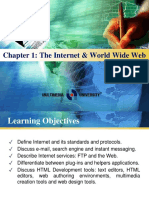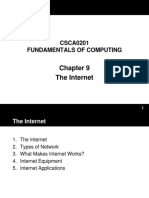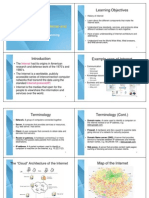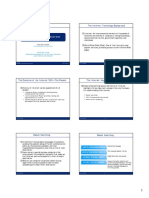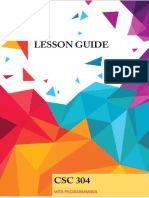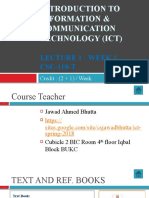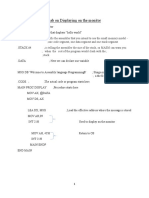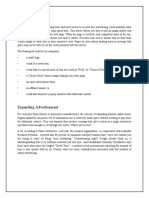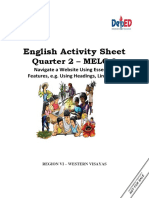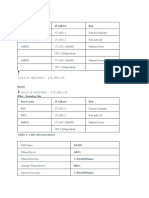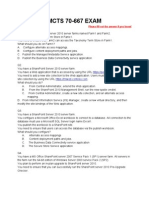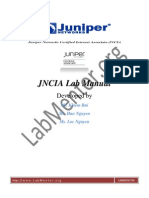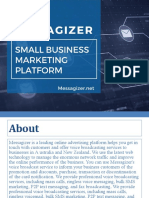0% found this document useful (0 votes)
90 views62 pagesChapter 1-Web and Tech
The document provides an overview of programming, the internet, web design, and markup languages. It discusses [1] computer programming languages and how they are used to develop software and applications, [2] the basic structure and purpose of the internet and world wide web, and [3] common web technologies like HTML, URLs, and how they enable internet functionality.
Uploaded by
Roza MulukenCopyright
© © All Rights Reserved
We take content rights seriously. If you suspect this is your content, claim it here.
Available Formats
Download as PDF, TXT or read online on Scribd
0% found this document useful (0 votes)
90 views62 pagesChapter 1-Web and Tech
The document provides an overview of programming, the internet, web design, and markup languages. It discusses [1] computer programming languages and how they are used to develop software and applications, [2] the basic structure and purpose of the internet and world wide web, and [3] common web technologies like HTML, URLs, and how they enable internet functionality.
Uploaded by
Roza MulukenCopyright
© © All Rights Reserved
We take content rights seriously. If you suspect this is your content, claim it here.
Available Formats
Download as PDF, TXT or read online on Scribd
/ 62














